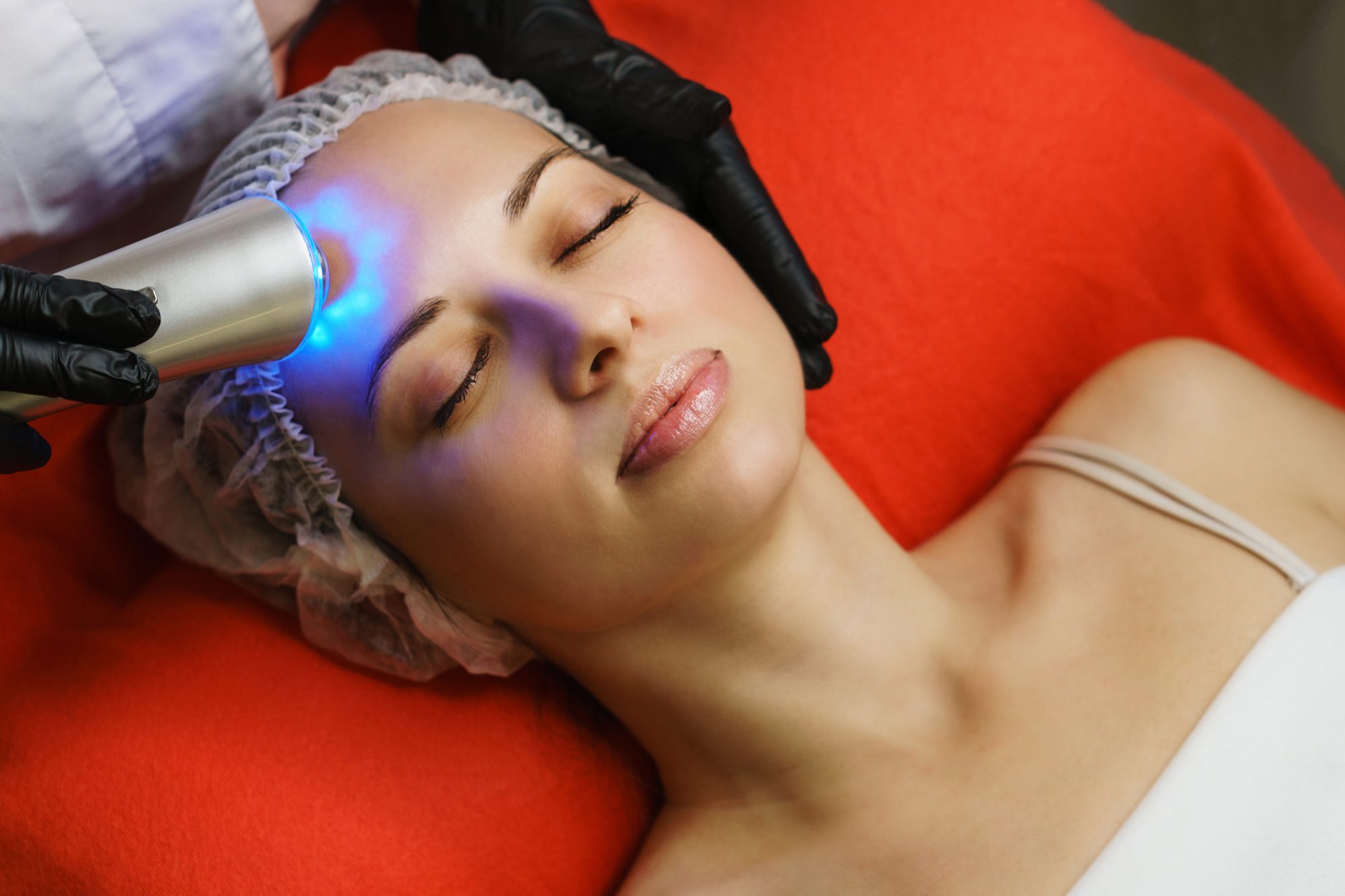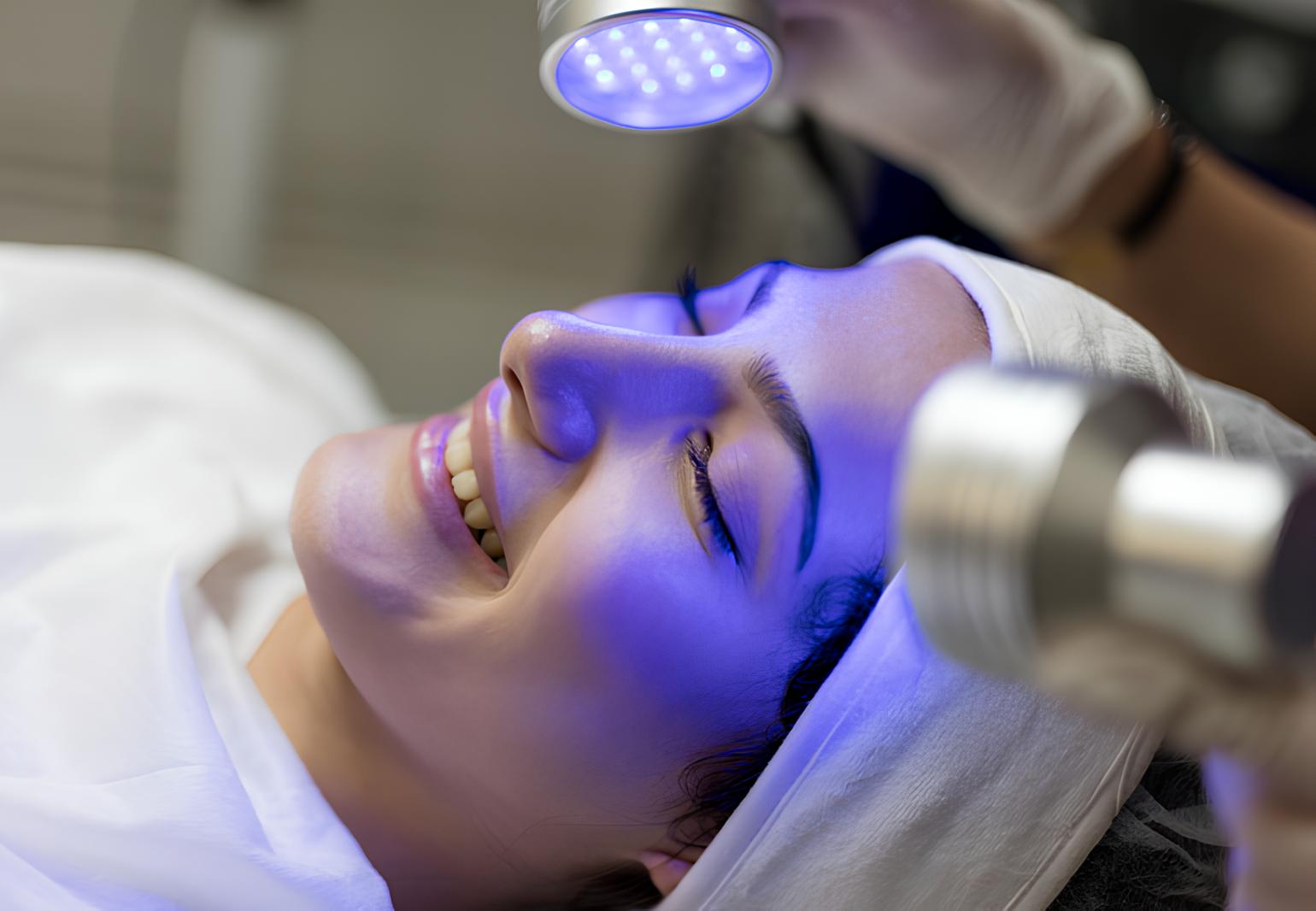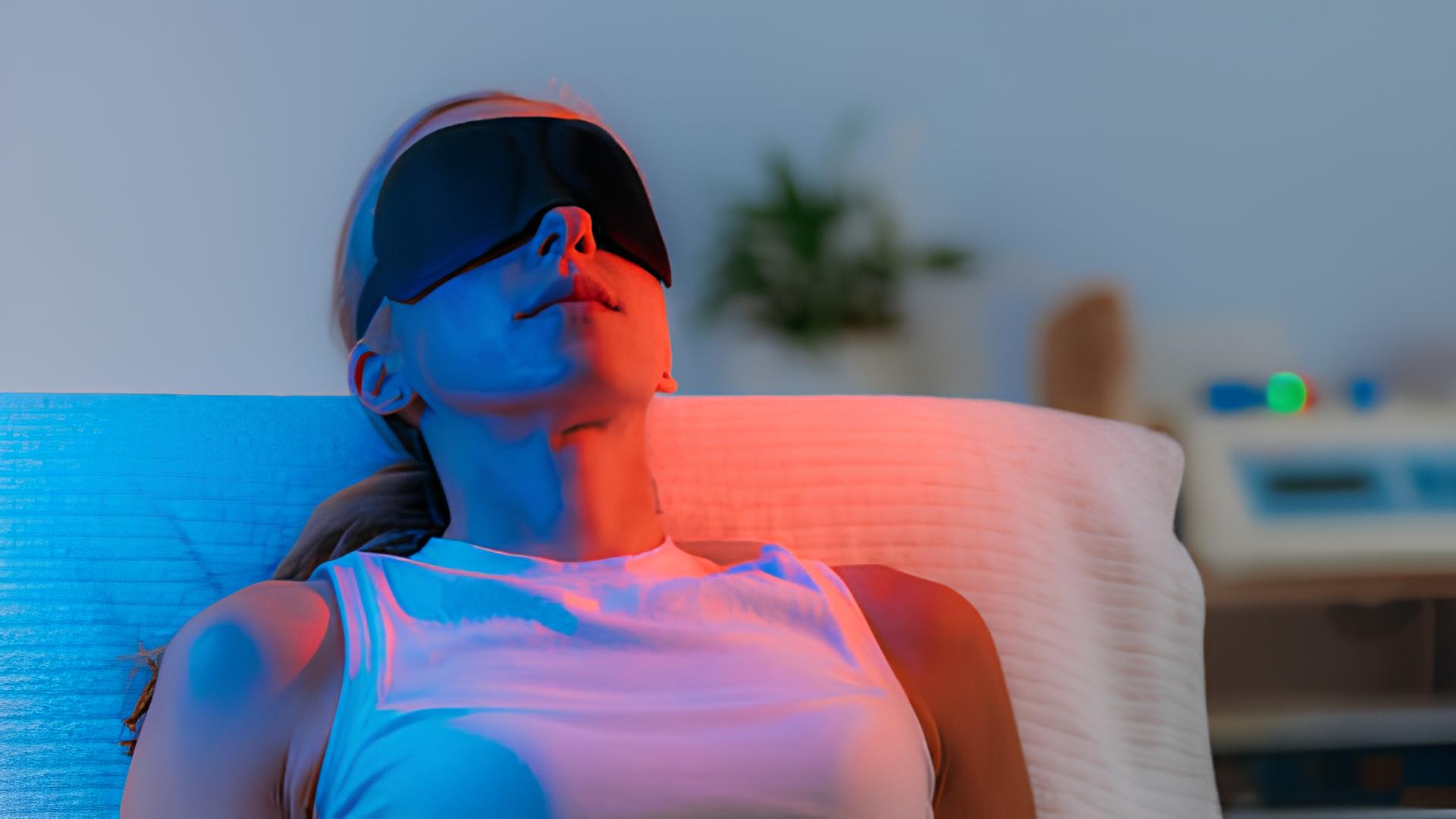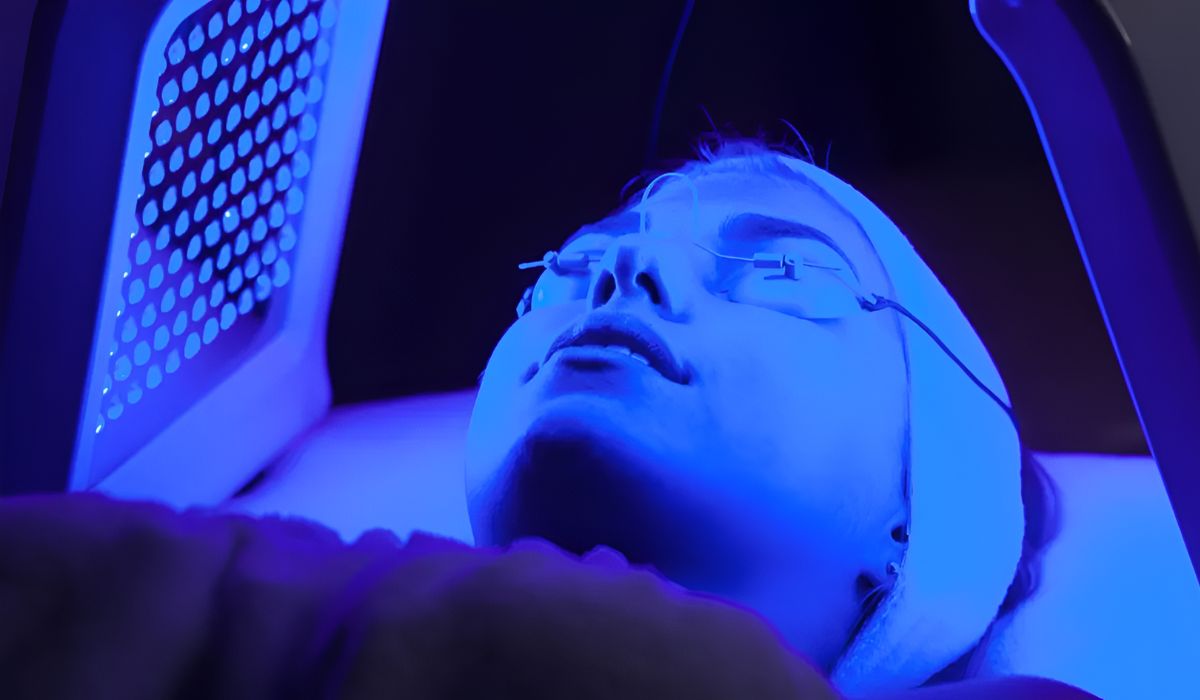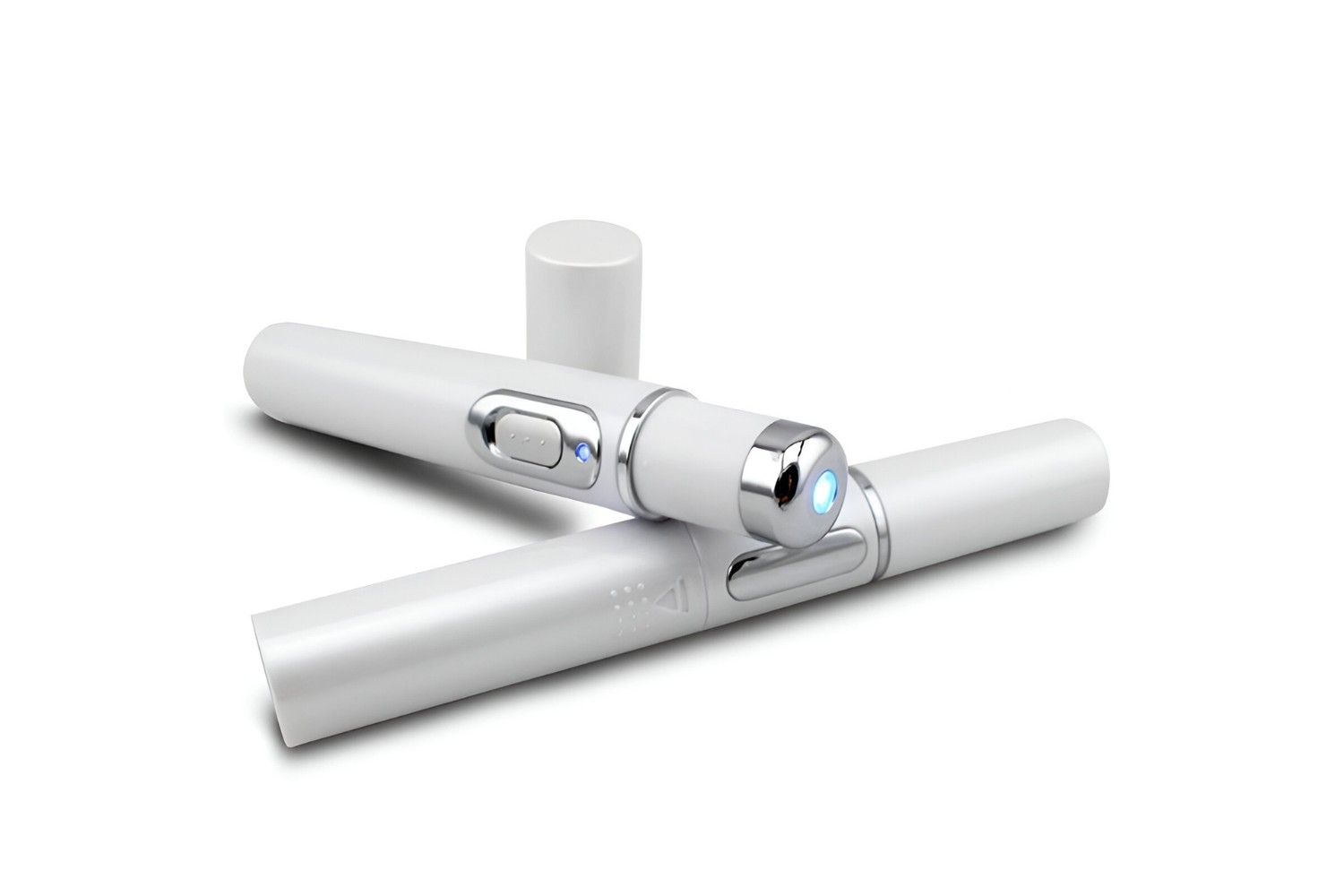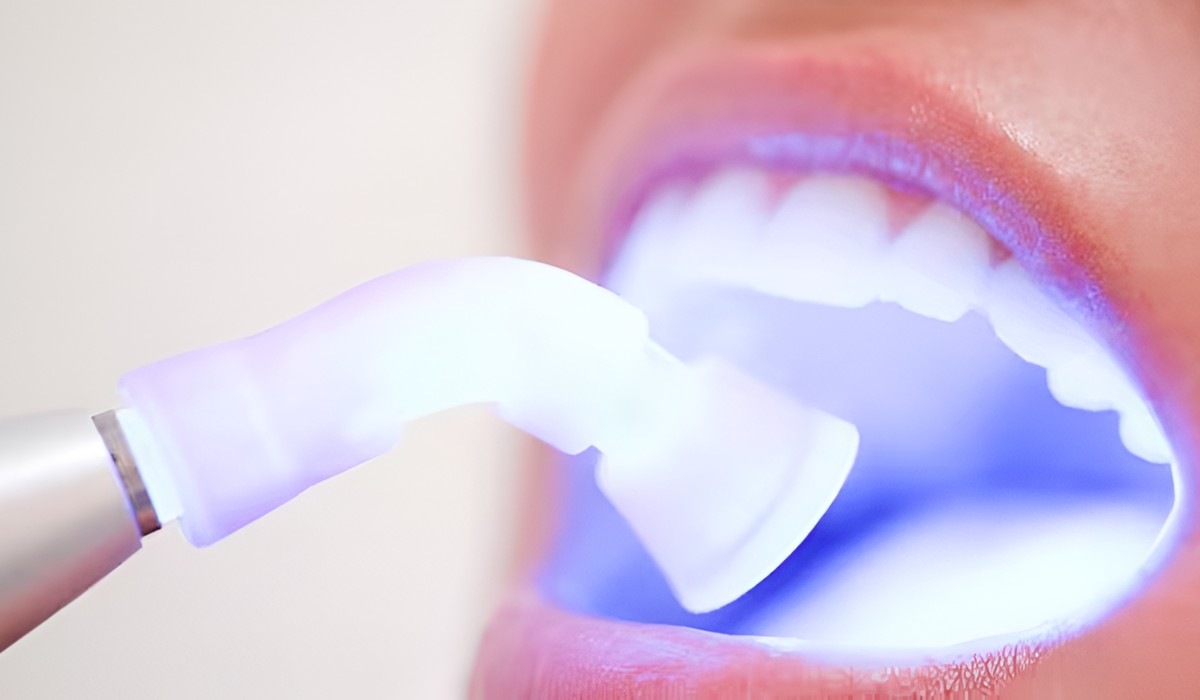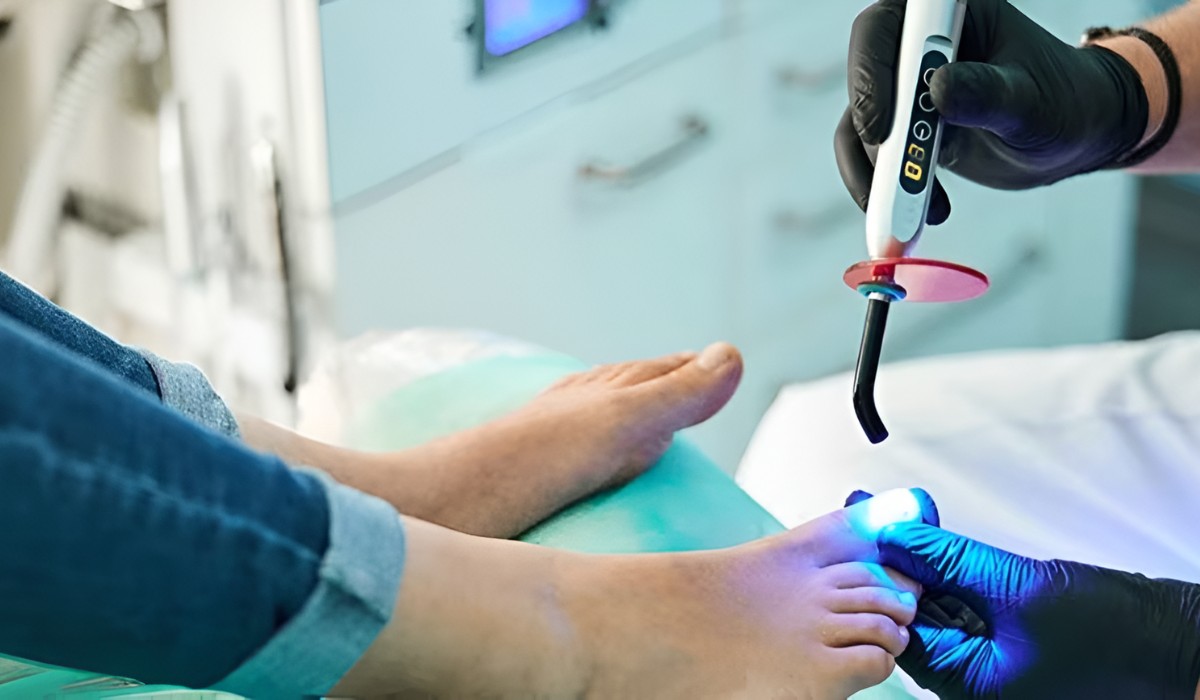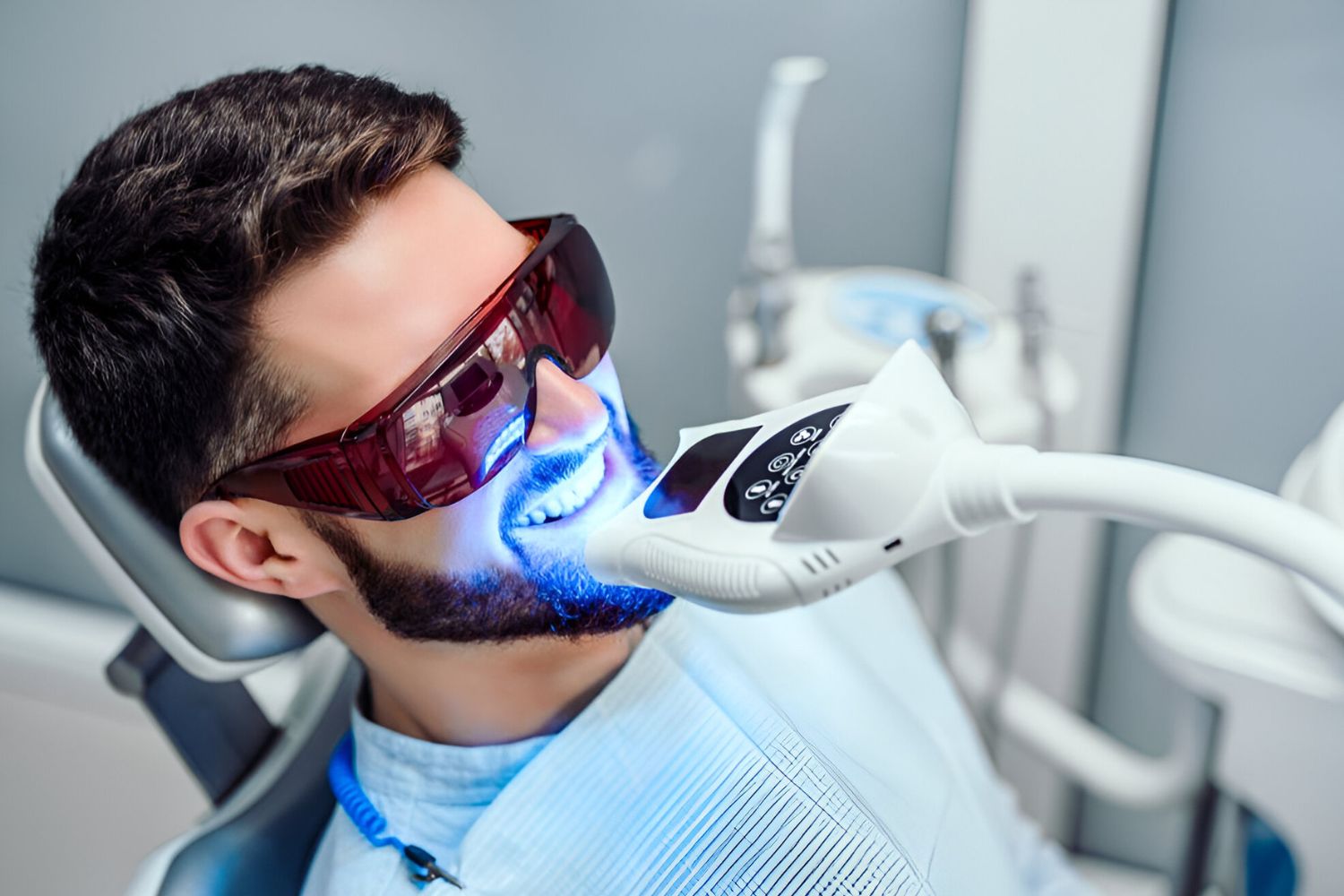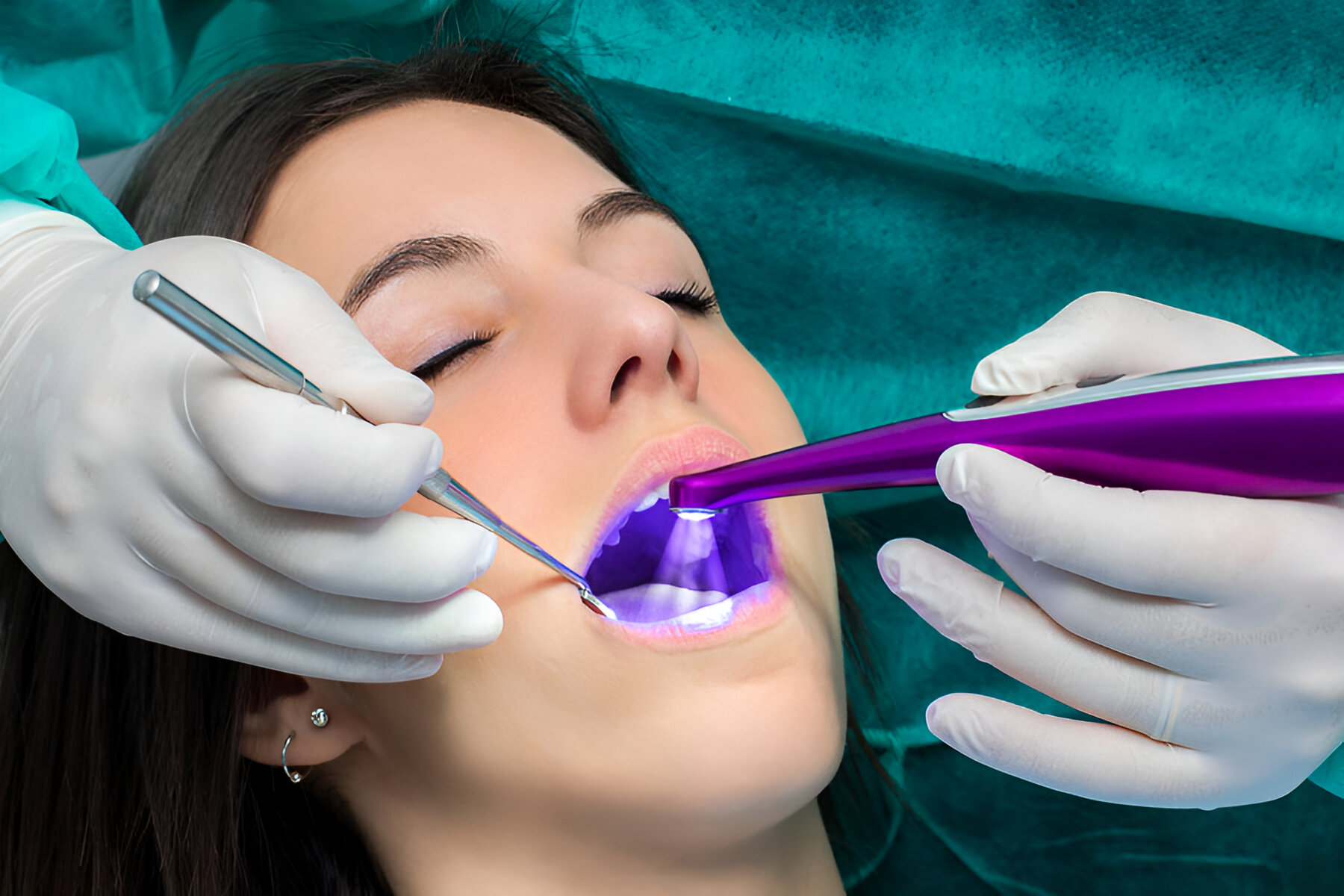Importance of Post-Treatment Care
Post-treatment care is a crucial aspect of any medical procedure, including blue light treatment. It plays a pivotal role in ensuring the effectiveness of the treatment and promoting the overall well-being of the individual. After undergoing blue light treatment, the skin is in a delicate state and requires special attention to heal properly. Implementing a comprehensive post-treatment care routine can significantly impact the outcome of the procedure and contribute to the long-term success of the treatment.
Proper post-treatment care can aid in minimizing the risk of complications and promoting a smooth recovery process. It helps in soothing the skin, reducing inflammation, and preventing infections, ultimately leading to improved results. Additionally, adhering to the recommended post-treatment care guidelines can contribute to the maintenance of the skin's health and appearance over time.
By following the prescribed post-treatment care instructions, individuals can actively participate in their own healing process. This proactive approach can instill a sense of empowerment and confidence, as individuals play an active role in nurturing their skin back to its optimal state. Moreover, conscientious post-treatment care can foster a sense of discipline and self-care, which can extend beyond the recovery period and positively impact overall well-being.
In essence, the importance of post-treatment care cannot be overstated. It serves as a cornerstone for achieving favorable outcomes and ensuring a comfortable and successful recovery. By embracing post-treatment care as an integral part of the treatment process, individuals can maximize the benefits of the procedure and pave the way for a rejuvenated and healthy complexion.
General Guidelines for Post-Treatment Care
After undergoing blue light treatment, it is essential to adhere to specific guidelines to support the healing process and optimize the results. The following general guidelines outline the fundamental principles of post-treatment care:
-
Gentle Cleansing: Use a mild, non-abrasive cleanser to wash the treated area. Avoid harsh scrubbing or exfoliation, as the skin may be sensitive following the procedure. Gently pat the skin dry with a soft, clean towel.
-
Moisturization: Apply a gentle, non-comedogenic moisturizer to keep the skin hydrated. Opt for products specifically formulated for sensitive or post-treatment skin to minimize the risk of irritation.
-
Avoiding Sun Exposure: Shield the treated area from direct sunlight and ultraviolet (UV) radiation. If going outdoors, use a broad-spectrum sunscreen with a high sun protection factor (SPF) and reapply it as directed. Wearing protective clothing, such as wide-brimmed hats and long sleeves, can provide additional defense against UV rays.
-
Minimizing Irritants: Refrain from using harsh skincare products, such as those containing strong acids or active ingredients. Additionally, avoid exposure to extreme temperatures, such as hot showers or saunas, which can exacerbate skin sensitivity.
-
Hydration and Nutrition: Maintain adequate hydration by drinking plenty of water to support the body's natural healing processes. Consume a balanced diet rich in vitamins and antioxidants to promote skin health and recovery.
-
Avoiding Touching or Picking: Resist the temptation to touch or pick at the treated area, as this can impede the healing process and increase the risk of infection or scarring.
-
Follow Medical Advice: Adhere to the specific post-treatment instructions provided by the healthcare provider. This may include the use of prescribed medications, topical treatments, or specialized skincare products.
-
Monitoring for Changes: Keep a close eye on the treated area for any unusual symptoms, such as excessive redness, swelling, or discomfort. Promptly report any concerning developments to the healthcare provider.
By diligently following these general guidelines for post-treatment care, individuals can contribute to a smooth and successful recovery while supporting the long-term benefits of the blue light treatment. These foundational principles lay the groundwork for nurturing the skin back to its optimal state and safeguarding the outcomes of the procedure.
Skincare Routine After Blue Light Treatment
After undergoing blue light treatment, establishing a specialized skincare routine is paramount to support the healing process and maintain the skin's health and vitality. The following skincare routine outlines essential steps to nurture the skin post-treatment:
-
Gentle Cleansing: Use a mild, non-abrasive cleanser to gently cleanse the treated area. Opt for products specifically designed for sensitive or post-treatment skin to minimize irritation. Avoid harsh scrubbing, as the skin may be delicate following the procedure. Pat the skin dry with a soft, clean towel to avoid unnecessary friction.
-
Moisturization: Apply a soothing, non-comedogenic moisturizer to the treated area. Look for products that are fragrance-free and formulated for sensitive skin. Moisturization helps to replenish the skin's natural moisture barrier and alleviate any dryness or tightness that may occur post-treatment.
-
Topical Treatments: If prescribed by the healthcare provider, use any recommended topical treatments or medications as directed. These specialized products may aid in the healing process and optimize the results of the blue light treatment.
-
Avoid Harsh Products: Refrain from using skincare products containing strong acids, retinoids, or exfoliating agents on the treated area. These ingredients can exacerbate skin sensitivity and compromise the healing process. Opt for gentle, non-irritating formulations to support the skin's recovery.
-
Sun Protection: Shield the treated area from direct sunlight and UV radiation. Apply a broad-spectrum sunscreen with a high SPF before going outdoors, and reapply as recommended. Additionally, consider wearing protective clothing and accessories, such as wide-brimmed hats and sunglasses, to further safeguard the skin from UV exposure.
-
Hydration and Nutrition: Maintain optimal hydration by drinking plenty of water to support the body's natural healing processes. Consume a balanced diet rich in vitamins, antioxidants, and essential nutrients to promote overall skin health and recovery.
-
Regular Monitoring: Keep a close eye on the treated area for any changes or unusual symptoms. Monitor for signs of excessive redness, swelling, or discomfort, and promptly report any concerning developments to the healthcare provider.
By incorporating these essential steps into a post-treatment skincare routine, individuals can actively contribute to the healing process and promote the long-term benefits of the blue light treatment. This specialized care regimen nurtures the skin back to its optimal state, ensuring a smooth and successful recovery while safeguarding the outcomes of the procedure.
Sun Protection
Sun protection is of paramount importance after undergoing blue light treatment. The skin is particularly vulnerable to the harmful effects of ultraviolet (UV) radiation following the procedure, making diligent sun protection a crucial aspect of post-treatment care.
Direct sun exposure can not only exacerbate skin sensitivity but also increase the risk of adverse effects on the treated area. Therefore, implementing effective sun protection measures is essential to safeguard the skin and optimize the results of the blue light treatment.
Importance of Sun Protection
Shielding the treated area from UV radiation is vital for several reasons. UV rays can penetrate the skin, causing damage at the cellular level and triggering inflammatory responses. This can compromise the healing process and potentially lead to complications such as hyperpigmentation, increased sensitivity, or delayed recovery. By prioritizing sun protection, individuals can minimize these risks and support the skin's natural regeneration and repair mechanisms.
Sun Protection Strategies
-
Broad-Spectrum Sunscreen: Utilize a broad-spectrum sunscreen with a high sun protection factor (SPF) to effectively block both UVA and UVB rays. This helps prevent sunburn, premature aging, and other UV-related skin damage. Apply the sunscreen generously to the treated area, ensuring comprehensive coverage.
-
Regular Reapplication: Reapply sunscreen at regular intervals, especially if engaging in outdoor activities or prolonged sun exposure. This practice helps maintain consistent protection and mitigates the impact of UV radiation on the skin.
-
Protective Clothing: Consider wearing protective clothing, such as long-sleeved shirts, wide-brimmed hats, and sunglasses, to provide additional physical barriers against UV rays. Clothing with ultraviolet protection factor (UPF) ratings can offer enhanced sun protection for exposed skin.
-
Seek Shade: When outdoors, seek shade and minimize direct sun exposure, particularly during peak UV intensity hours. This reduces the skin's overall UV exposure and lessens the risk of sun-related damage.
Post-Treatment Sun Protection Tips
After undergoing blue light treatment, individuals should prioritize sun protection as an integral part of their daily routine. By incorporating these strategies into their post-treatment care regimen, they can effectively shield the treated area from UV radiation and support the skin's healing process. This proactive approach not only safeguards the results of the procedure but also promotes long-term skin health and vitality.
In summary, sun protection is a fundamental component of post-treatment care after undergoing blue light treatment. By embracing sun protection strategies, individuals can nurture their skin back to its optimal state and ensure a smooth and successful recovery, ultimately maximizing the benefits of the treatment.
Potential Side Effects and How to Manage Them
After undergoing blue light treatment, it is important to be mindful of potential side effects that may arise during the post-treatment phase. While the procedure is generally well-tolerated, some individuals may experience temporary effects as the skin responds to the treatment. Understanding these potential side effects and knowing how to effectively manage them can contribute to a smoother recovery and overall treatment satisfaction.
Common Side Effects
-
Redness and Sensitivity: It is common to experience mild redness and increased sensitivity in the treated area following blue light treatment. This is often a transient effect as the skin undergoes the healing process.
-
Dryness and Peeling: Some individuals may notice temporary dryness or flaking in the treated area as the skin regenerates. This can occur as part of the natural exfoliation process post-treatment.
-
Mild Discomfort: A sensation of mild warmth, tingling, or tightness in the skin is normal and typically resolves within a short period.
Management Strategies
-
Topical Soothing Agents: Utilize gentle, non-irritating moisturizers or soothing creams to alleviate redness and dryness. Look for products formulated for sensitive or post-treatment skin to minimize potential irritation.
-
Cool Compresses: Applying a cool, damp cloth to the treated area can help ease discomfort and reduce redness. However, it is important to ensure that the compress is gentle and does not cause additional irritation.
-
Avoiding Harsh Products: Refrain from using skincare products containing strong active ingredients or exfoliants that may exacerbate skin sensitivity. Opt for mild, non-abrasive formulations to support the skin's recovery.
-
Hydration: Ensure adequate hydration by drinking plenty of water to promote overall skin health and aid in the natural healing process.
-
Sun Protection: Shield the treated area from direct sunlight and UV radiation to prevent exacerbation of side effects. Apply a broad-spectrum sunscreen with a high SPF and wear protective clothing when outdoors.
-
Follow Medical Advice: Adhere to any specific post-treatment instructions provided by the healthcare provider, including the use of prescribed medications or topical treatments.
By being proactive in managing potential side effects and following these strategies, individuals can navigate the post-treatment phase with greater ease and comfort. It is important to remember that while some side effects are common and expected, any concerns or unusual symptoms should be promptly communicated to the healthcare provider for further evaluation and guidance.
In summary, understanding potential side effects and knowing how to manage them effectively is an integral part of the post-treatment care process. By being proactive and attentive to the skin's needs, individuals can support a smooth and successful recovery following blue light treatment.
Follow-Up Appointments and Monitoring
After undergoing blue light treatment, follow-up appointments and diligent monitoring play a pivotal role in ensuring the effectiveness of the procedure and the overall well-being of the individual. These post-treatment measures are designed to assess the progress of the skin's healing, address any concerns, and optimize the long-term outcomes of the treatment.
Importance of Follow-Up Appointments
Follow-up appointments provide an opportunity for healthcare providers to evaluate the skin's response to the blue light treatment and make any necessary adjustments to the post-treatment care plan. These appointments enable healthcare professionals to monitor the healing process, assess the skin's condition, and address any potential side effects or complications that may arise. Additionally, follow-up appointments allow for open communication between the individual and the healthcare provider, fostering a supportive environment for addressing any questions or concerns that may surface during the recovery period.
Monitoring the Healing Process
Diligent monitoring of the treated area is essential in the post-treatment phase. Individuals are encouraged to observe the skin for any changes, such as redness, swelling, or unusual discomfort, and promptly report these observations to the healthcare provider. By actively monitoring the skin's progress, individuals can contribute to the early detection of any potential issues and facilitate timely intervention if necessary. This proactive approach to monitoring supports the overall success of the treatment and promotes peace of mind for individuals as they navigate the recovery process.
Adhering to Medical Guidance
During follow-up appointments and throughout the monitoring process, it is crucial for individuals to adhere to the guidance provided by their healthcare provider. This may include following specific post-treatment instructions, using prescribed medications or topical treatments as directed, and implementing any adjustments recommended by the healthcare team. By actively participating in the post-treatment care plan and following medical advice, individuals can contribute to the optimal healing and recovery of the treated skin.
In essence, follow-up appointments and diligent monitoring form an integral part of the post-treatment care journey after undergoing blue light treatment. These measures provide a structured framework for assessing progress, addressing concerns, and optimizing the overall outcomes of the procedure. By actively engaging in follow-up appointments and conscientiously monitoring the skin's healing process, individuals can contribute to a successful recovery and the long-term effectiveness of the treatment.







